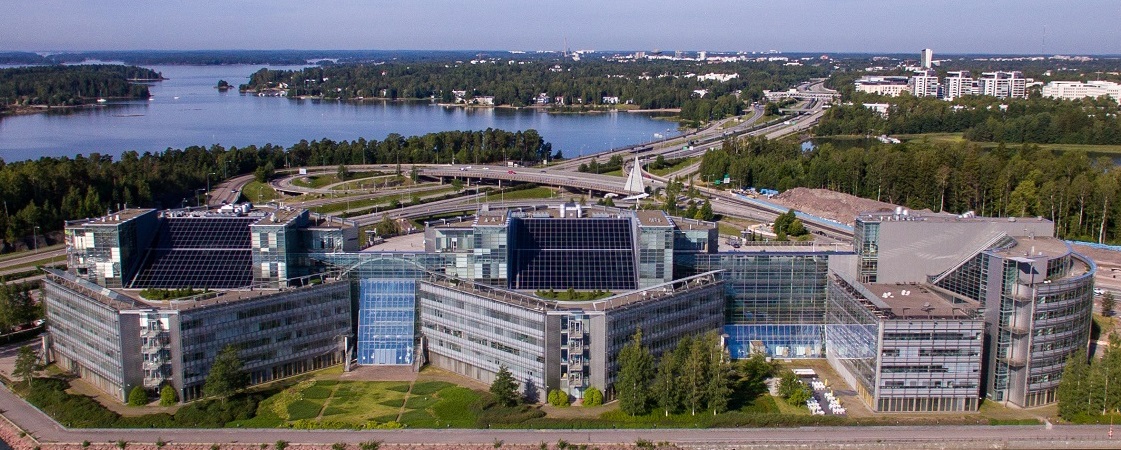SS01 - Deep Learning Methods for Medical Image Analysis
Special Session Organized by |
|---|
|
Yu-Dong Zhang, University of Leicester, United Kingdom; Shui-Hua Wang, University of Loughborough, United Kingdom; |
With advancement in biomedical imaging, the amount of data generated are increasing in biomedical engineering. For example, data can be generated by multimodality image techniques, e.g. ranging from Computed Tomography (CT), Magnetic Resonance Imaging (MR), Ultrasound, Single Photon Emission Computed Tomography (SPECT), and Positron Emission Tomography (PET), to Magnetic Particle Imaging, EE/MEG, Optical Microscopy and Tomography, Photoacoustic Tomography, Electron Tomography, and Atomic Force Microscopy, etc. This poses a great challenge on how to develop new advanced imaging methods and computational models for efficient data processing, analysis and modelling in clinical applications and in understanding the underlying biological process.
Deep learning is a rapidly advancing field in recent years, in terms of both methodological development and practical applications. It allows computational models of multiple processing layers to learn and represent data with multiple levels of abstraction. It is able to implicitly capture intricate structures of largescale data and ideally suited to some of the hardware architectures that are currently available.
The focus of this special session is to carry out the research article which could be more focused on to the latest medical image analysis techniques based on Deep learning. In recent years Deep Learning method and its variants has been widely used by researchers. This Issue intends to bring new DL algorithm with some Innovative Ideas and find out the core problems in medical image analysis.
Topics under this track include (but not limited to): |
|---|
- Application of deep learning in biomedical engineering
- Transfer learning and multi-task learning
- Joint Semantic Segmentation, Object Detection and Scene Recognition on biomedical images
- Improvising on the computation of a deep network; exploiting parallel computation techniques and GPU programming
- New Model of New Structure of convolutional neural network
- Visualization and Explainable deep neural network
Deadlines |
|---|
| Submission of papers (regular, special sessions) |
|
| Notification of acceptance | |
| Submission of final manuscripts | June 05, 2019 |
Submission Guidelines |
|---|
Same submission guides as mentioned in the submission page apply. Please make sure to select the correct special session from the dropdown menu
Download Call for Papers |
|---|
Click here to download this special session call for papers



